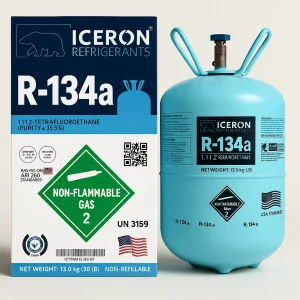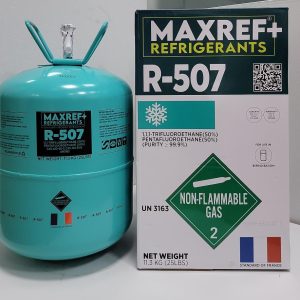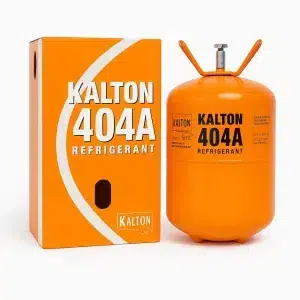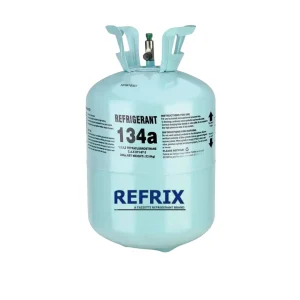Description
Refrix R‑22 Refrigerant Gas
Refrix R‑22 is a hydrochlorofluorocarbon (HCFC) refrigerant traditionally used in residential, commercial, and industrial cooling systems. With its stable thermodynamic properties, R‑22 has long been favored for both low- and medium-temperature applications. However, due to its ozone-depleting characteristics, its production and usage are restricted or phased out in many countries under the Montreal Protocol.
Key Features:
-
✅ Widely compatible with older HVAC systems
-
✅ High cooling capacity with low compressor displacement
-
✅ ASHRAE A1 Safety Rating (Non-toxic, Non-flammable)
-
✅ Reliable for low & medium temp applications
-
❌ Contains ozone-depleting chlorine (ODP > 0)
Applications:
| Sector | Uses |
|---|---|
| Residential HVAC | Window, split, and central AC systems |
| Commercial Chillers | Rooftop units, cold rooms |
| Refrigeration Units | Display fridges, bottle coolers |
| Industrial Plants | Process cooling, large-scale chillers |
Usage Guidelines:
-
Compatible with mineral oil (MO) and alkylbenzene (AB) lubricants
-
Still used in legacy systems, especially in developing regions
-
Use certified reclaimers and recyclers due to phase-out regulations
-
Retrofits to R-407C or R-422D require system changes
Technical Properties:
| Property | Value |
|---|---|
| Type | HCFC (Chlorodifluoromethane) |
| GWP | ~1760 |
| ODP | ~0.055 |
| Boiling Point | -40.8 °C |
| Lubricant Compatibility | MO, AB |
| Safety Class | A1 |
Environmental Compliance:
-
Being phased out under the Montreal Protocol
-
Limited production allowed in some countries for servicing existing units
-
Must not be released into the atmosphere
-
Use recovery units and approved cylinders for handling
FAQs
1. Is R‑22 still legal to use?
In most countries, new production is banned, but it is still allowed for servicing existing systems using recycled or reclaimed gas.
2. What refrigerant can replace R‑22?
Alternatives include R‑407C, R‑422D, or R‑32 (for new systems). However, retrofitting may involve oil, seal, and valve modifications.
3. Why is R‑22 being phased out?
Because it contributes to ozone layer depletion and is less environmentally friendly compared to newer HFCs and HFOs.







Reviews
There are no reviews yet.